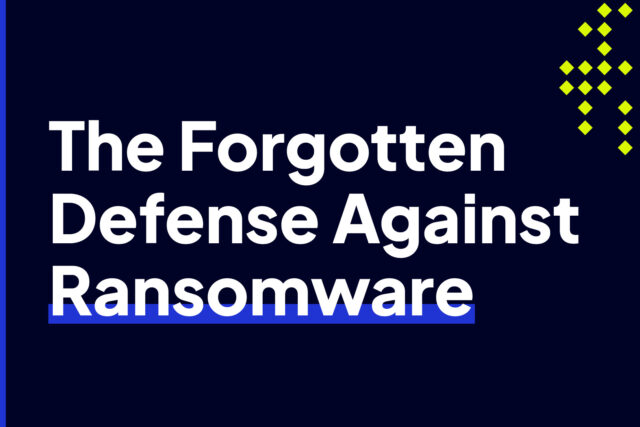
Why Traffic Sampling is Your Biggest Vulnerability
Despite the massive number of security solutions available today, most employ a sampling technique to analyze network traffic. Given the vast amount of data being transferred on today’s networks, it’s no wonder that most tools lack the scalability or processing power required to inspect every packet or data flow in real-time. Pair that with the fact that essentially zero solutions were built to examine both incoming and outgoing traffic with the same level of scrutiny.
There are a ton of great security tools on the market. However, if every tool you have is sampling network traffic, you’ll end up with significant gaps in visibility, leaving you vulnerable to undetected security incidents. When you think about it this way, it’s understandable why we see so many breach headlines.
Since traffic sampling only captures a fraction of the data traversing a network at any given time, it won’t can’t give you the full picture. As a result, organizations may inadvertently overlook critical security threats and vulnerabilities that evade detection within the gaps left by sampling-based approaches.
The Limitations of Sampling Traffic
Sampling traffic involves capturing and analyzing only a subset of network packets or data flows. While sampling techniques can provide valuable insights into network activity and performance, they inherently suffer from several limitations that hinder their effectiveness in cybersecurity contexts.
- Incomplete Visibility: Sampling traffic offers only a partial view of network activity, only capturing random or periodic samples of packets. As a result, critical security events or anomalies may go undetected if they occur outside the sampled intervals or are obscured by the randomness of the sampling process.
- Missed Threats and Anomalies: Security incidents such as malicious activities, data breaches, or insider threats may occur in the gaps between sampled packets, evading detection by sampling-based monitoring solutions. Without continuous and comprehensive visibility into all network traffic, organizations risk overlooking critical security threats that could compromise their systems and data.
- Ineffective Response Times: Sampling traffic introduces delays in detecting and responding to security incidents, as security teams may not receive real-time alerts or notifications for events occurring between sampling intervals. This lag in response times can give adversaries ample opportunity to exploit vulnerabilities, exfiltrate data, or escalate their attacks undetected.
The Importance of Monitoring All Traffic and Communications
To address the limitations of sampling traffic and achieve robust cybersecurity posture, organizations must prioritize the monitoring of all traffic and communications traversing their networks. Comprehensive traffic monitoring offers several distinct advantages over sampling-based approaches:
- Real-Time Threat Detection: By monitoring all network traffic in real-time, organizations can promptly identify and respond to security threats as they emerge, rather than relying on delayed or intermittent sampling techniques. Real-time visibility enables security teams to detect suspicious activities, anomalous behavior, or indicators of compromise promptly, minimizing the potential impact of security incidents.
- Granular Insights and Analysis: Monitoring all traffic allows for granular analysis of network activity, enabling security teams to gain deeper insights into patterns, trends, and relationships within the data. This comprehensive visibility facilitates the detection of subtle anomalies or sophisticated attack techniques that may evade detection by sampling-based monitoring solutions.
- Forensic Investigation Capabilities: Comprehensive traffic monitoring supports forensic investigation and incident response efforts by providing a detailed record of network communications and activities. In the event of a security breach or data compromise, organizations can leverage historical traffic data to reconstruct the sequence of events, identify the root cause of the incident, and implement remediation measures effectively.
- Regulatory Compliance and Legal Requirements: Many regulatory standards and compliance frameworks mandate the monitoring and logging of all network traffic for security and compliance purposes. By maintaining comprehensive visibility into network communications, organizations can demonstrate adherence to regulatory requirements, mitigate legal risks, and protect sensitive data from unauthorized access or disclosure.
Conclusion
The importance of monitoring all traffic and communications cannot be overstated. While sampling techniques may offer some insights into network activity, they fall short in providing the comprehensive visibility and real-time threat detection capabilities necessary for effective cybersecurity.
The lack of visibility in networks is why we built Intrusion Shield. Not only does it monitor every packet entering and exiting the network, it uses applied threat intelligence to block known bad, unknown, and suspicious network comms in real-time.
This increases overall network performance including the performance of other solutions in your stack. You’ll end up with high-fidelity alerts from your other solutions and a reduced probability of wasting time chasing false positives (or not even getting to all the alerts).


